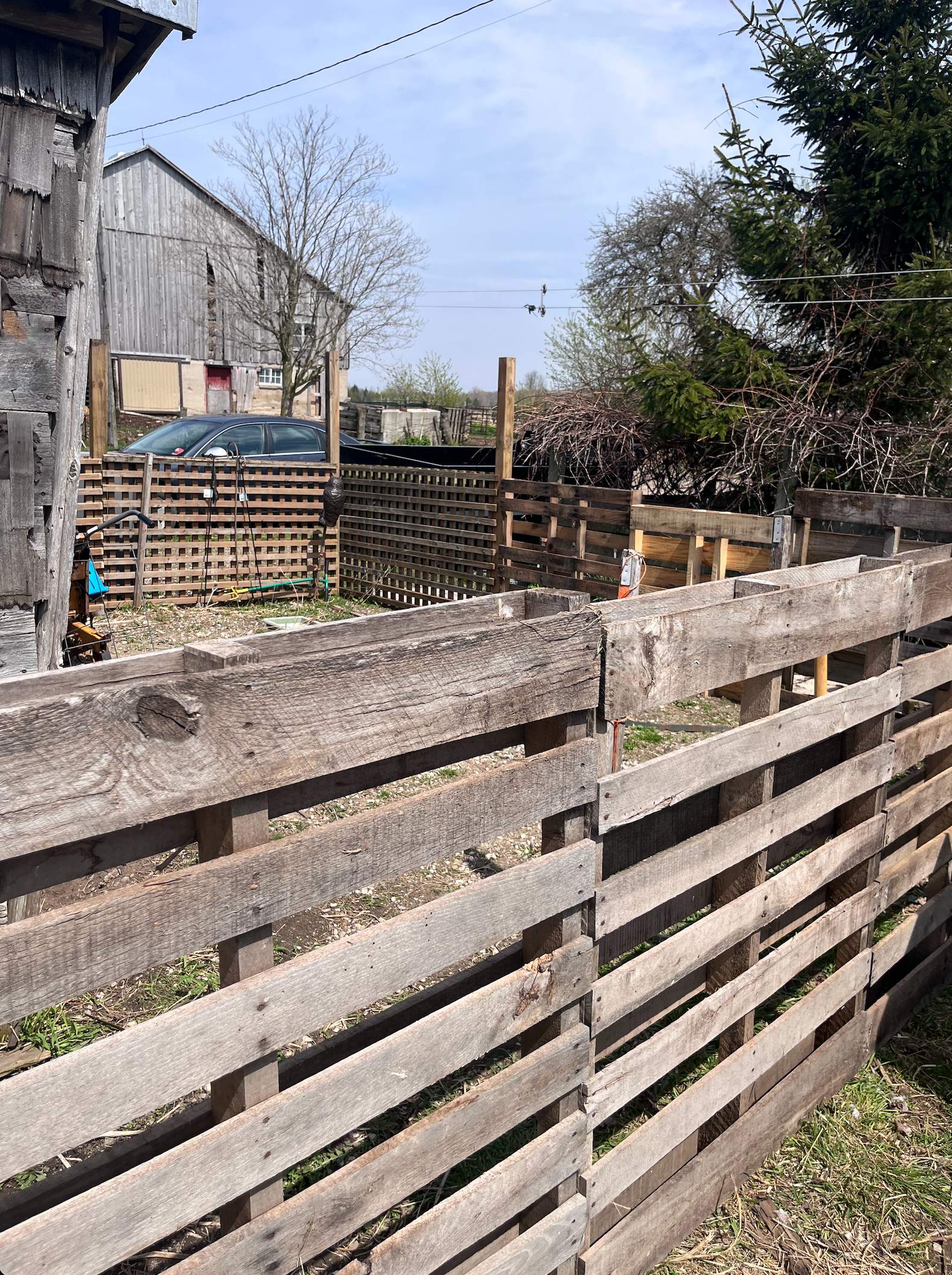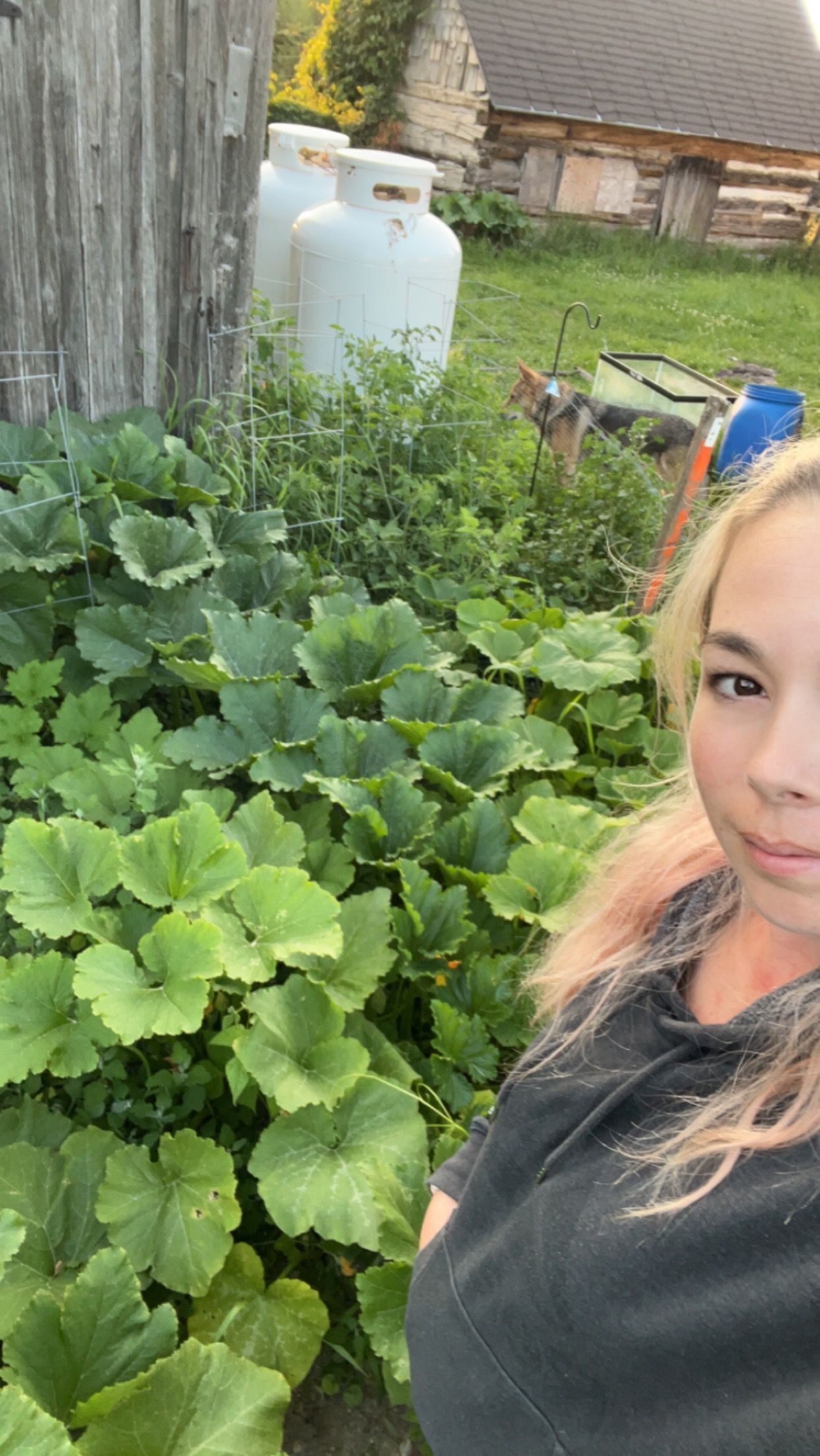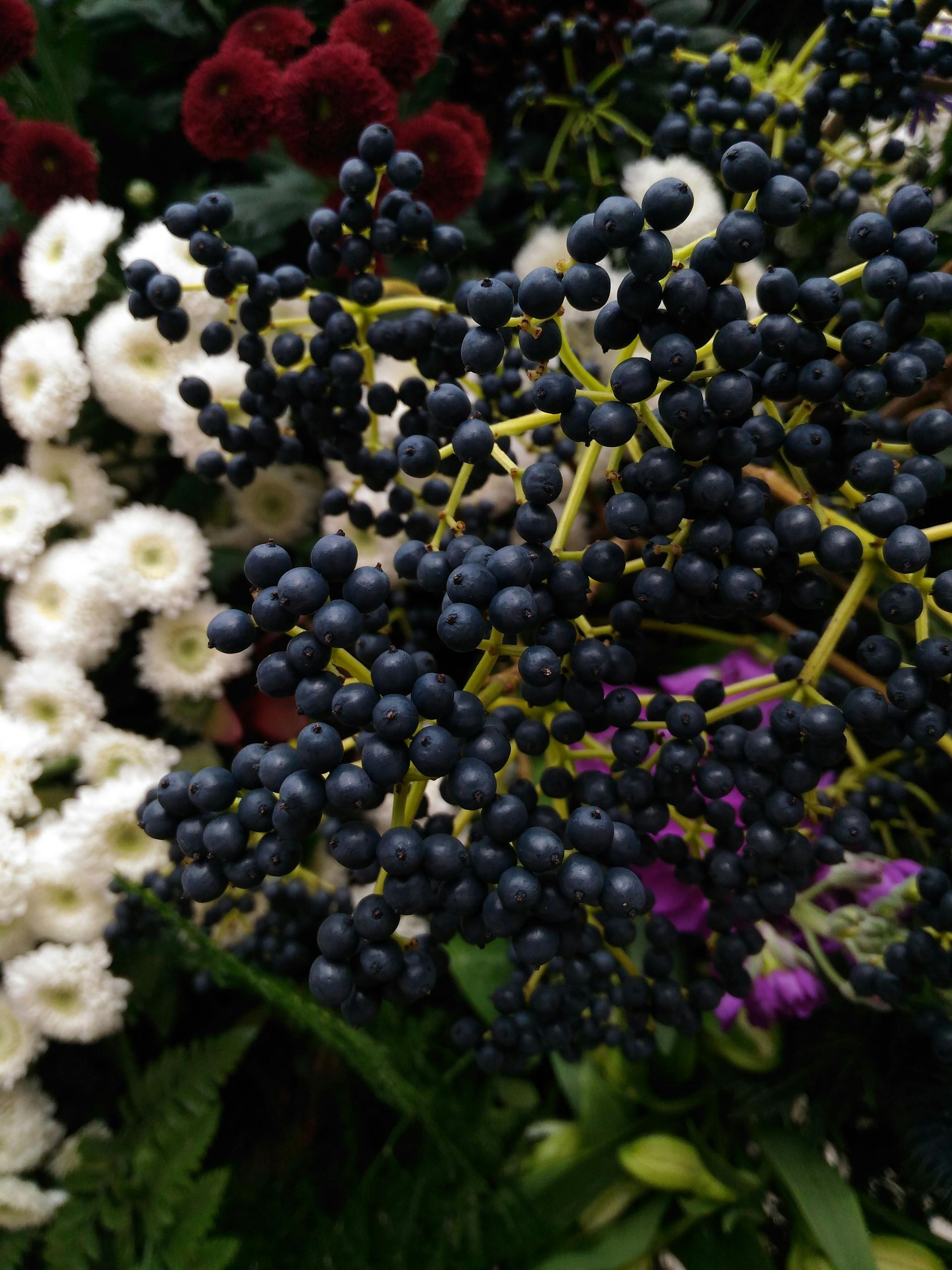
Tips, Lessons, and Easy Steps

Starting a garden can be one of the most rewarding adventures. There’s something magical about growing your own food or flowers and watching them flourish. If you’re just beginning, or even if you’re revisiting your gardening journey, this guide will help you get started on the right foot — even in January!
Lessons from My Gardening Journey
When I first started my gardening journey, I was so excited that I went overboard. I planted too many varieties, created a space that was much larger than I could manage, and found myself overwhelmed. Some plants didn’t make it, and I ended up buried under a mountain of cherry tomatoes (they’re the overachievers of the garden world, after all!). But every challenge taught me something new, and now I approach gardening with a plan and a bit more patience.
Over the last couple of years, I’ve expanded my garden and taken the time to research better what I plant and how to care for them. From enlarging the garden to building a pallet fence around it with a gate, I’ve added more towers for climbers using creative materials like a fence panel and old sun shelter supports. I’ve also been developing plans to turn my garden into a greenhouse, which will allow me to provide fresh vegetables year-round. These changes have made gardening not only more productive but also more enjoyable.
Steps to Start Your Garden
- Choose Your Space Decide where your garden will grow. Will it be outdoors in raised beds, containers on your patio, or indoors for seed starting? Look for areas that get at least 6 hours of sunlight daily. If you’re indoors, consider investing in grow lights.
- Plan Your Layout Sketch out a simple plan. Group plants with similar sunlight, water, and soil needs. If you’re starting small, focus on a few plants you love and know you’ll use often.
- Prepare Your Soil Healthy soil is the foundation of a successful garden. If planting outdoors, test your soil and add compost or organic matter to enrich it. For indoor seed starting, use a high-quality seed-starting mix.
- Start Small It’s tempting to grow everything, but trust me: start with a few manageable plants. You’ll thank yourself later.
- Seed Starting Basics
- Use seed trays or soil blocks (more on that below) with a good seed-starting mix.
- Follow the depth instructions on your seed packets.
- Keep soil consistently moist and provide warmth and light. A heat mat can help with germination if your space runs cool.
What to Plant in January
January is perfect for starting seeds indoors. Here are a few ideas:
- Vegetables: Onions, leeks, celery, broccoli, cabbage, and kale.
- Herbs: Parsley, chives, and basil.
- Flowers: Snapdragons, pansies, and petunias.
- Outdoors (if mild or using cold frames): Garlic (if not already planted), spinach, arugula, and mache.
My Current Garden Project: Onions!
This year, I’m starting my onions indoors using soil blocking. Soil blocking is a game-changer for seed starting! Here’s how I did it:
- Create the Soil Blocks: Using a soil block maker, I formed small blocks of soil starting mix. These compact blocks provide an ideal environment for seedling roots.
- Plant the Seeds: I placed one onion seed into each soil block.
- Maintain Heat and Moisture: To keep the seeds cozy, I covered the blocks with a clear plastic dome and placed them on a heat mat. This ensures consistent warmth and retains moisture for germination.
I love this method because it saves space and eliminates the need for seed trays. It also encourages strong root systems since the plants grow naturally without the restrictions of plastic cells.
Keep Learning and Growing
Gardening is a continuous journey. It’s okay to make mistakes — that’s how you learn! Start small, stay curious, and enjoy the process. Whether you’re starting seeds indoors, prepping your garden beds, or simply dreaming of spring, every step brings you closer to your gardening goals.
Let’s grow something beautiful together! 🌱
More Dawn's Simple Life inspirations
